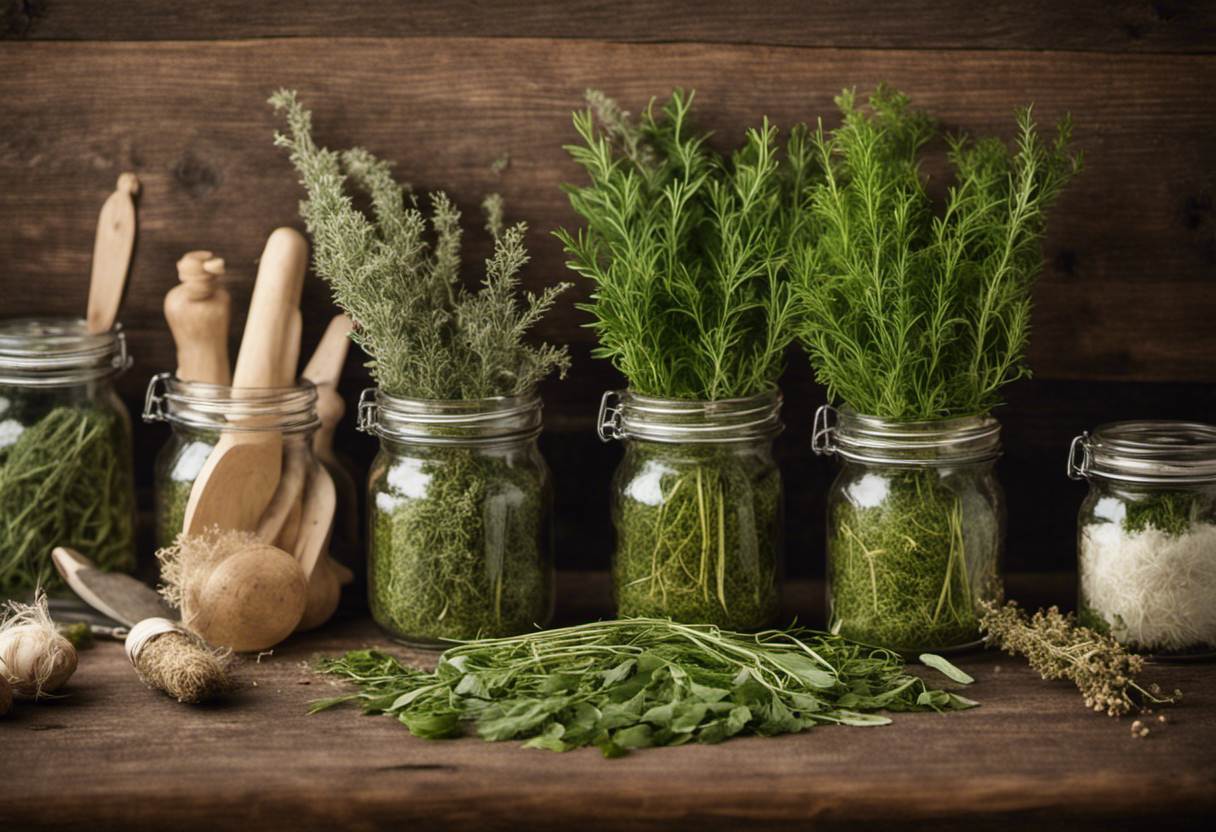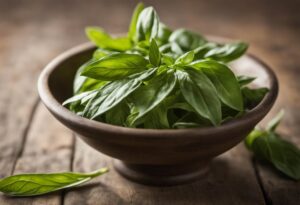As the growing season comes to an end, many gardeners find themselves with an abundance of fresh herbs. Learning how to properly dry and preserve herbs allows you to enjoy their flavors year-round while reducing waste. This article will explore various DIY herb drying techniques to help you maximize flavor and extend the shelf life of your herb harvest.
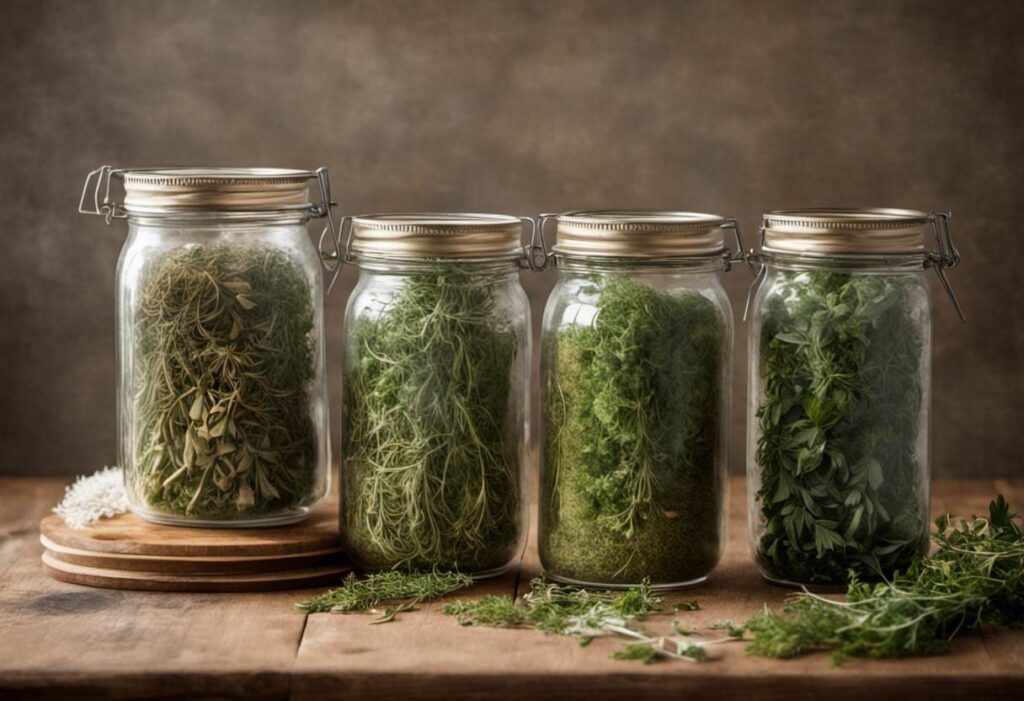
Why Dry Herbs?
Before diving into specific herb drying methods, it’s important to understand the benefits of preserving herbs through drying:
• Extends shelf life – Properly dried herbs can last 6-12 months
• Concentrates flavors – Drying intensifies herb flavors and aromas
• Saves money – Grow and dry your own herbs instead of buying dried herbs
• Reduces waste – Preserve excess herbs instead of letting them spoil
• Convenient – Dried herbs are always ready to use in recipes
Now let’s explore some of the most effective DIY techniques for drying herbs and preserving their flavors.
Air Drying Herbs
Air drying is one of the easiest and most traditional methods for preserving herbs. To air dry herbs:
1. Harvest herbs in the morning after dew has evaporated
2. Gently rinse and pat dry
3. Remove any damaged leaves
4. Tie stems in small bundles with twine
5. Hang bundles upside down in a warm, dry, well-ventilated area
6. Allow 1-2 weeks for herbs to fully dry
Air drying works well for herbs with lower moisture content like oregano, thyme, rosemary, and sage. Herbs are ready when leaves crumble easily.
Oven Drying Herbs
For faster drying, especially in humid climates, try oven drying:
1. Spread herb leaves or sprigs in a single layer on a baking sheet
2. Place in oven at lowest temperature setting (usually 150-200°F)
3. Prop oven door open slightly for air circulation
4. Check and rotate herbs every 30 minutes
5. Herbs are done when crisp and crumbly (2-4 hours)
Oven drying preserves herbs quickly but requires close monitoring to prevent burning. This method works for most herb varieties.
Microwave Drying Herbs
Microwave drying is the fastest method for preserving herbs:
1. Place a single layer of herbs between two paper towels
2. Microwave in 30 second intervals, checking between each
3. Continue microwaving in short bursts until herbs are crisp
4. Allow herbs to cool completely before storing
While quick and convenient, microwave drying can be tricky to master without scorching delicate herbs. It’s best for hardy herbs like rosemary or oregano.
Dehydrator Drying for Herbs
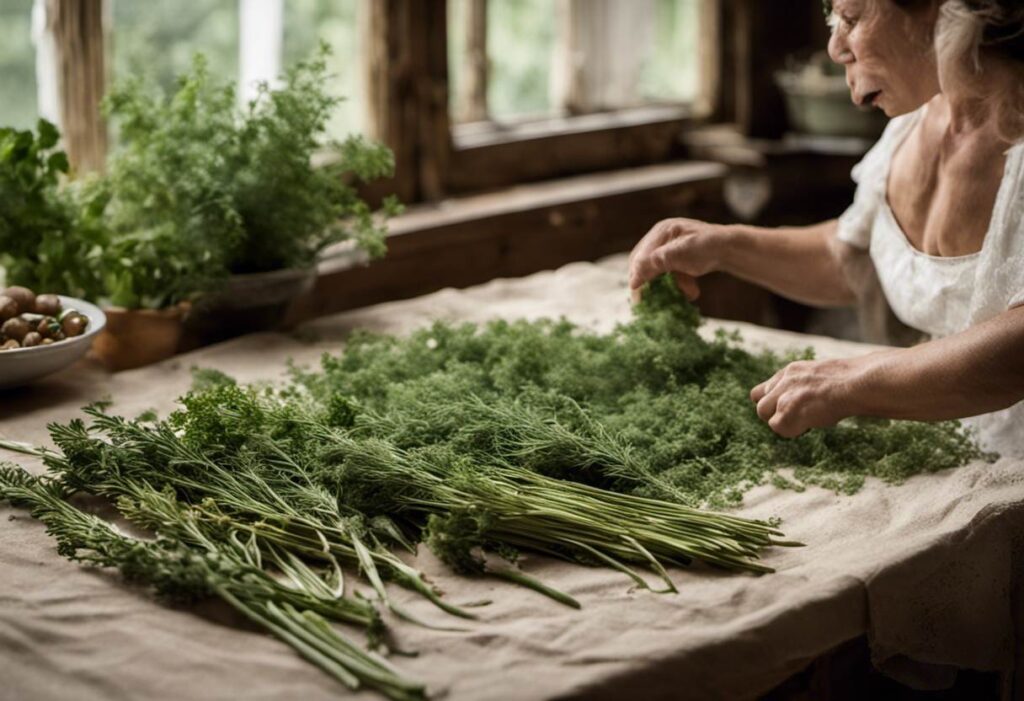
Using a food dehydrator is an efficient way to dry large quantities of herbs:
1. Spread herbs in a single layer on dehydrator trays
2. Set temperature between 95-115°F
3. Dry for 2-4 hours, checking periodically
4. Herbs are done when they crumble easily
Dehydrators provide consistent, low temperature drying to preserve flavors. They’re ideal for drying herbs in bulk.
Silica Gel Drying for Herb Flowers
To preserve whole herb flowers for culinary use or crafts:
1. Cover bottom of an airtight container with silica gel
2. Gently place herb flowers on the gel
3. Completely cover flowers with more silica gel
4. Seal container and let sit for 2-7 days
5. Gently remove flowers and brush off excess gel
This method works well for preserving edible flowers like chamomile, borage, or lavender.
Tips for Maximizing Flavor When Drying Herbs
To ensure your dried herbs retain maximum flavor:
• Harvest herbs at their peak just before flowering
• Pick herbs in the morning after dew evaporates
• Handle herbs gently to avoid bruising
• Remove any damaged or discolored leaves
• Dry herbs quickly to preserve volatile oils
• Store dried herbs whole and crush just before using
• Keep dried herbs in airtight containers away from heat and light
Properly dried and stored herbs can retain good flavor for 6-12 months.
Storing Your Dried Herbs
Once your herbs are fully dried, proper storage is crucial:
• Allow herbs to cool completely before storing
• Store whole leaves/sprigs for best flavor retention
• Use airtight glass jars or metal tins
• Label containers with herb name and drying date
• Store in a cool, dry place away from direct light
• Check periodically and discard any moldy herbs
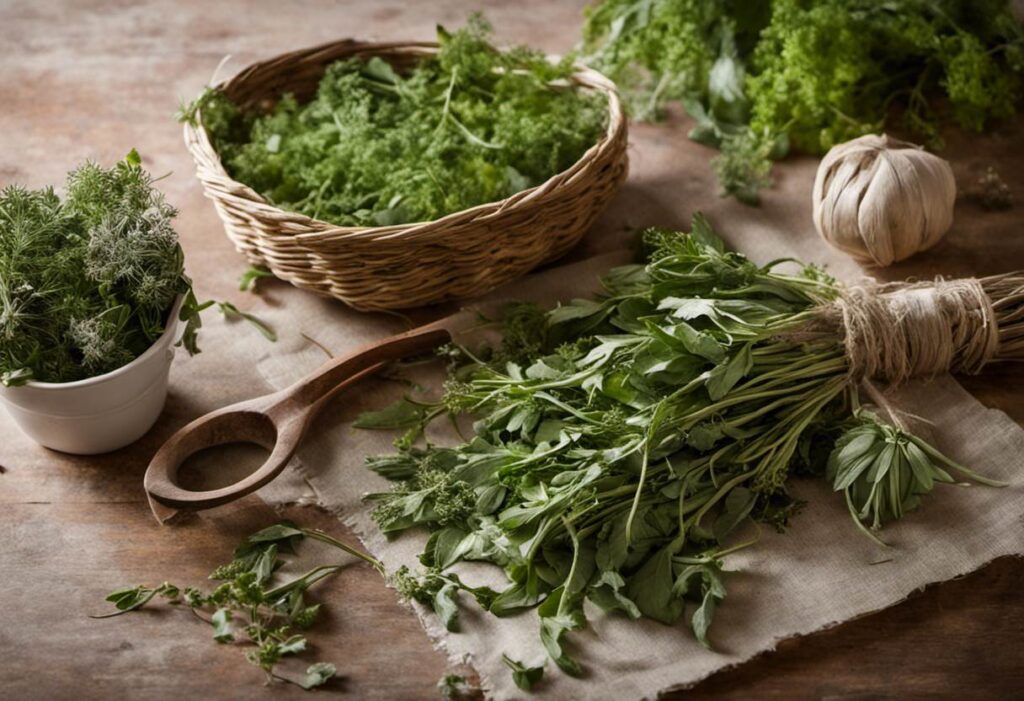
With proper drying and storage, you can enjoy your herb harvest’s flavors all year long.
Conclusion
Learning how to dry herbs at home allows you to preserve the harvest and enjoy herbal flavors year-round. Whether you choose traditional air drying or modern dehydrator methods, properly dried herbs offer concentrated flavors perfect for culinary use. Experiment with different DIY herb drying techniques to find what works best for preserving your favorite varieties. With some practice, you’ll be able to maximize flavor and extend the life of your herb garden bounty.
